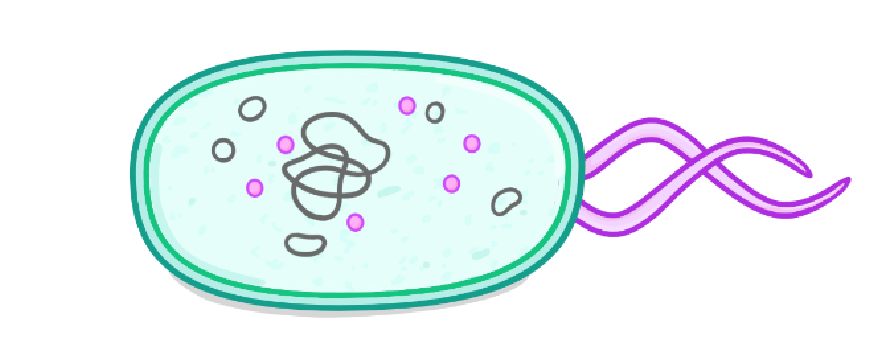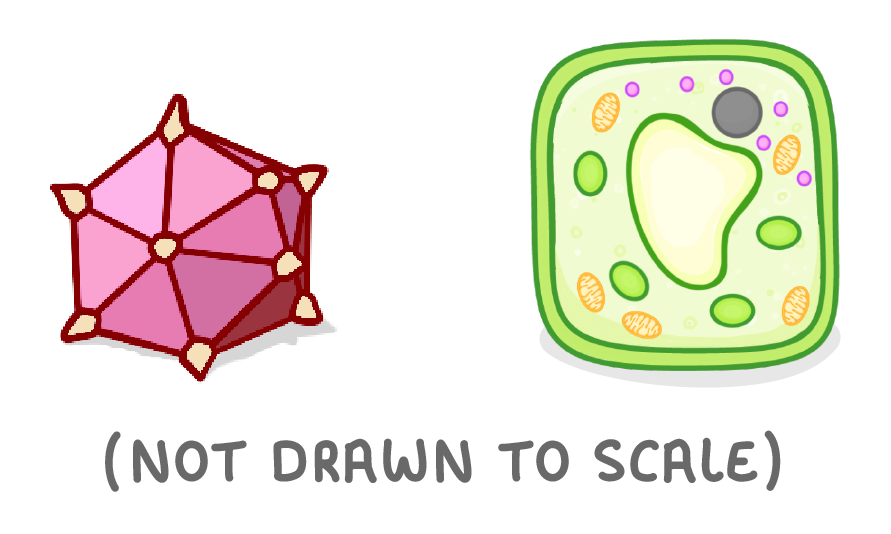Microscopy - Units of Conversion
This lesson covers:
- How to convert between units of length, such as from mm to nm
- Examples of how small objects such as cells, molecules, and atoms, really are
Convert 3 mm to μm.
μm
|
Convert 560 nm to μm.
μm
|
Convert 0.78 km to m.
m
|
Convert 270 μm to nm.
nm
|
Convert 23 mm to nm.
23,000 (2.3 x 104) nm
23,000,000 (2.3 x 107) nm
0.023 (2.3 x 10-2) nm
0.000023 (2.3 x 10-5) nm
|
Convert 4.7 μm to m.
4,700 (4.7 x 103) m
4,700,000 (4.7 x 106) m
0.0047 (4.7 x 10-3) m
0.0000047 (4.7 x 10-6) m
|

Roughly how large is a bacterial cell?
1 nm across
1 μm across
1 mm across
|

Which is larger, a virus particle or plant cell?
Virus
Plant cell
|

What is the smallest size the human eye can see?
A virus particle
A bacterial cell
The width of a human hair
|
Which type of microscope allows us to see smaller objects?
Electron microscope
Light microscope
|
How many mm are there in 1 cm?
mm
|
Convert 3.2 cm to mm.
mm
|
Convert 4.7 cm to μm.
μm
|